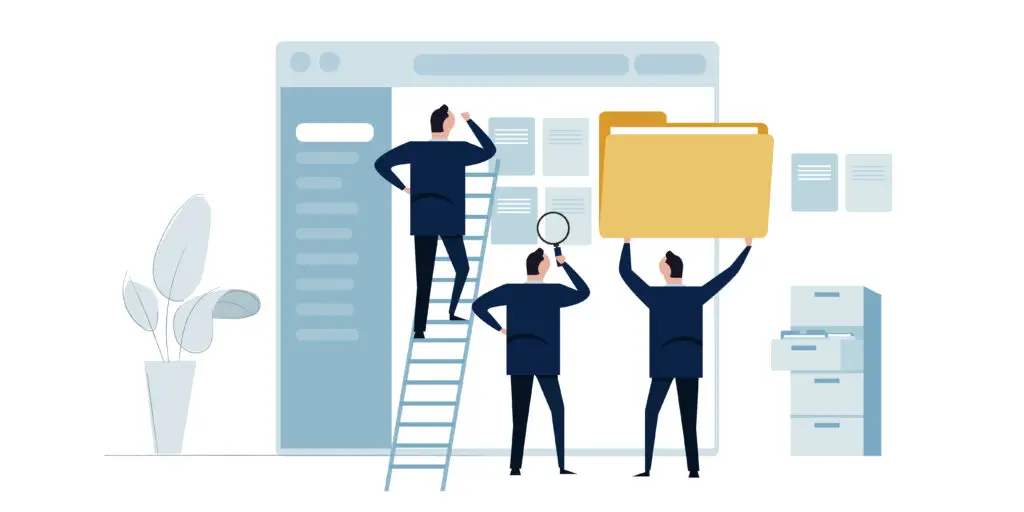In computer science, software documentation is the procedure of writing, designing, and documenting an application. In software engineering, this refers to the formal specification of a software product or component.
Software documentation should serve as an instructional manual for users and developers alike. It also refers to the textual, visual, or audio instructions accompanying computer software. It also enables the end-user or developer to understand and use a system software or application software. Generally, software documentation provides instructions on how to utilize a program or service.
Software Documentation 101
When it comes to software documentation, it can be said that the best practices exist along with a range of different factors like the following:
- Technical and non-technical parts of the documentation
- Best practices apply to specific programming languages
- Based on the organization’s experience working with a specific technology

A formalized process may be considered an effective way of dealing with these factors. Therefore, here are some of the best practices you can adapt for software documentation:
1. Involve A Team Of Subject Matter Expert
First, the best practices for software documentation usually involve a team of subject matter experts interacting with a formal writing process. You might call this the ‘bug fight.’ In this case, the system administrators have defined a list of the most critical defects they want to be fixed.
One example of a formal documentation process can be a technical book. In many cases, the technical content is written by the authors themselves or by people who have a very good understanding of the subject matter rather than by a committee of some kind.
A technical book might have chapter-by-chapter illustrations, side tables, diagrams, and charts. Such a book would be best documented in a format that’s consistent with the rest of the book (in terms of formatting, graphics, etc.) rather than being set up as a series of single-page screenshots. The technical writer can use online fax to secure the software documentation and send it to the team working on it.
2. Follow A Process Outline In A Master Document
The documentation has to follow a process that’s been outlined in a master document, which is formally accepted as the final product of a group of subject matter experts working together in a coordinated fashion. The document must contain specifications and descriptions of the product’s essential features as well as a list of all the product’s critical defects.
It doesn’t need to be put together by a committee as it can be done by the actual technical writer. Such a writer has much more expertise in producing high-quality technical content and is better positioned to establish appropriate guidelines for content management.
3. Formalize The Software Documentation
There are two significant advantages to formalize documentation. First, it prevents errors from being committed during software development. Second, it makes it easier for people to work together in improving the software. Given both of these advantages, formalizing software development processes helps reduce the likelihood of problems being left behind when the software is released.
In short, having an official document detailing every aspect of a software’s design and implementation helps ensure the software will meet its intended users’ needs and requirements. Such documents also make it easier for software developers and other people to come together to deal with technical issues as they arise.
4. Stick To The Guidelines
In terms of technical content development, it’s best to stick to guidelines rather than dictate everything from scratch. As long as there’s some level of common ground existing between the parties involved, the resulting documentation will be likely acceptable.
There are a few approaches that can be taken in terms of documentation quality and technical content development. One approach is the search for common ground or a ‘base’ document, and it can be modified to meet the unique requirements of each case. This approach has the advantage of making the documentation more generic and more reusable. Also, it helps ensure a higher degree of uniformity in the final product as the same technical content will generally be present regardless of the audience.
Conclusion
The importance of knowing the best practices in writing software documentation doesn’t only apply to developers and testers but also users themselves. When using a piece of software, a customer should understand all of the information that’s present in the software documentation and have confidence in the functioning of the application.
For this reason, it’s crucial for software developers, engineers, and subject matter experts to come up with clear and concise pieces of information so users can understand the purpose of their software and why it’s created in the first place.
